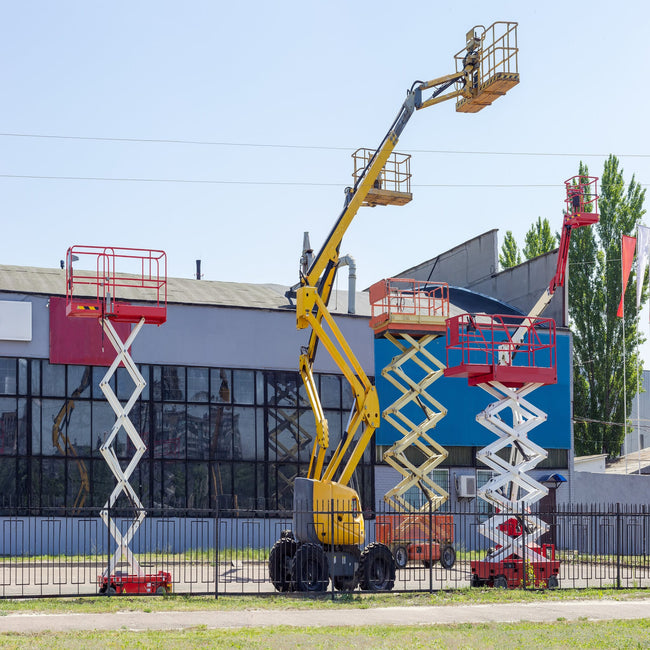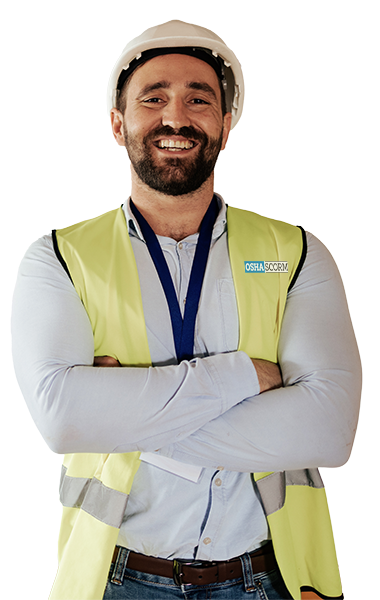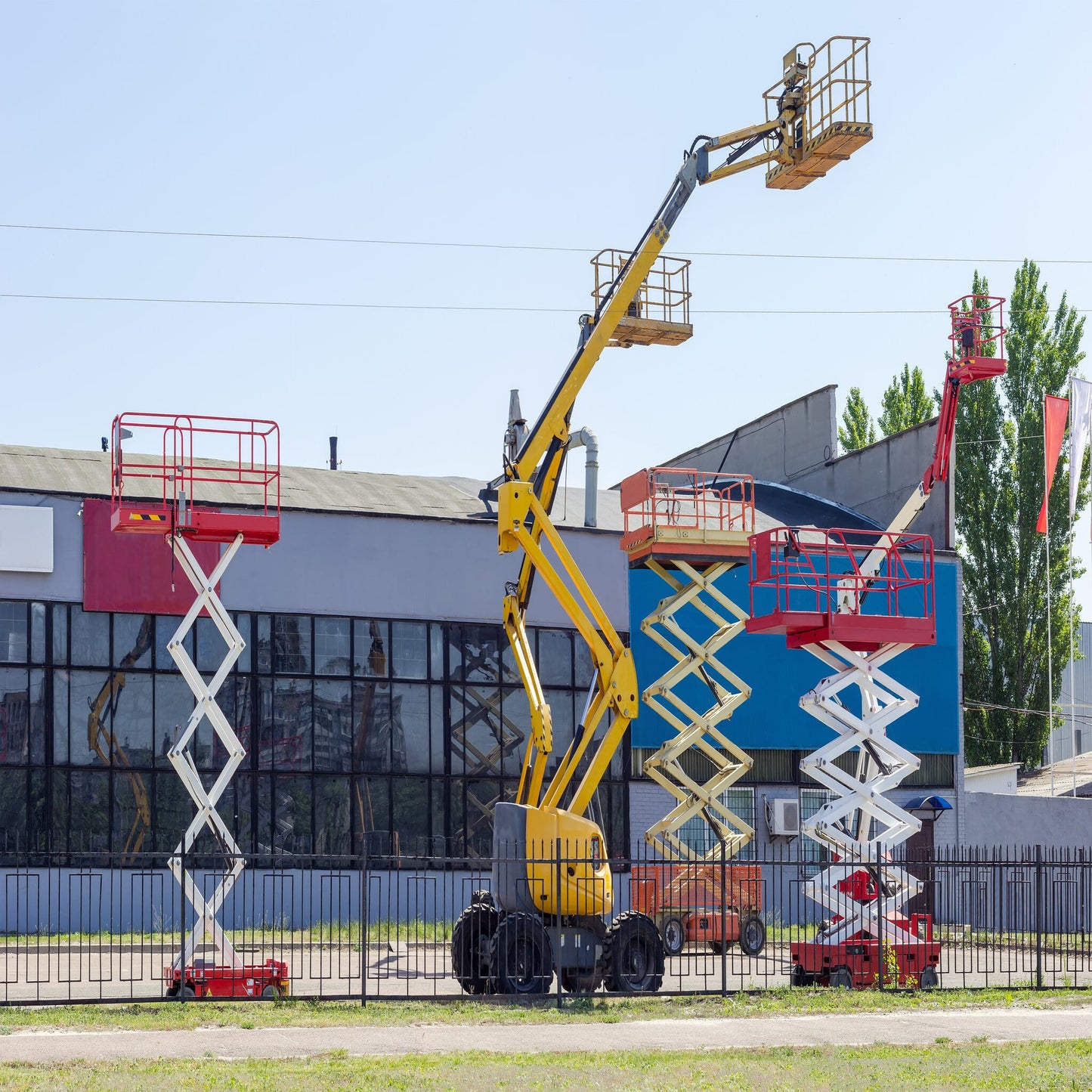OSHA Aerial — Scissor & Boom Lift Safety Training
Training developed to meet OSHA General Industry and Construction standards for aerial lifts, scissor lifts, and boom lifts, focusing on safe operation, fall prevention, and emergency response.
Course Overview
The OSHA Aerial — Scissor & Boom Lift Safety Training course is developed in accordance with 29 CFR 1910.67 (General Industry) and 29 CFR 1926.451 and 29 CFR 1926.453 (Construction). It provides awareness-level instruction on the hazards and safe use of aerial lifts, scissor lifts, and boom lifts used in construction, maintenance, and industrial settings.
Why This Training Matters
Working on lifts exposes personnel to fall hazards, tip-over risks, electrocution from overhead powerlines, and struck-by incidents. Proper training reduces incidents by ensuring operators and ground personnel understand equipment limitations, safe work practices, and emergency procedures.
Who Should Enroll?
- Operators of aerial lifts, scissor lifts, and boom lifts
- Ground personnel and spotters working near lift operations
- Maintenance staff who inspect or service lifts
- Supervisors and safety coordinators overseeing elevated work
What You'll Learn
- Key OSHA requirements and standards for aerial and scissor lifts
- Pre-use inspection and routine maintenance checks
- Safe operation techniques, load limits, and platform safety
- Fall protection selection and correct use when required
- Hazard recognition including overhead power lines and unstable surfaces
- Emergency descent procedures, rescue planning, and incident response
- Proper communication, signaling, and ground support practices
By taking this OSHA Aerial and Scissor Lift Safety Training, you'll be able to:
- Understand different types of mobile work platforms and their uses on the job.
- Learn key principles for safe operation of these lifts, preventing accidents and falls.
- Develop safe work practices for using aerial and scissor lifts with confidence.
- Understand why proper training is essential before operating any lift equipment.
- Grasp the pre-use inspection procedures for lifts and the surrounding work environment.
- Identify common causes of accidents involving lifts and learn how to prevent them (falls, tip-overs, etc.).
- Recognize electrical hazards, moving equipment, and other dangers while operating lifts.
- Learn proper procedures for securing lifts after use and restricting unauthorized access.
- Understand the importance of following manufacturer instructions for specific lift models.









